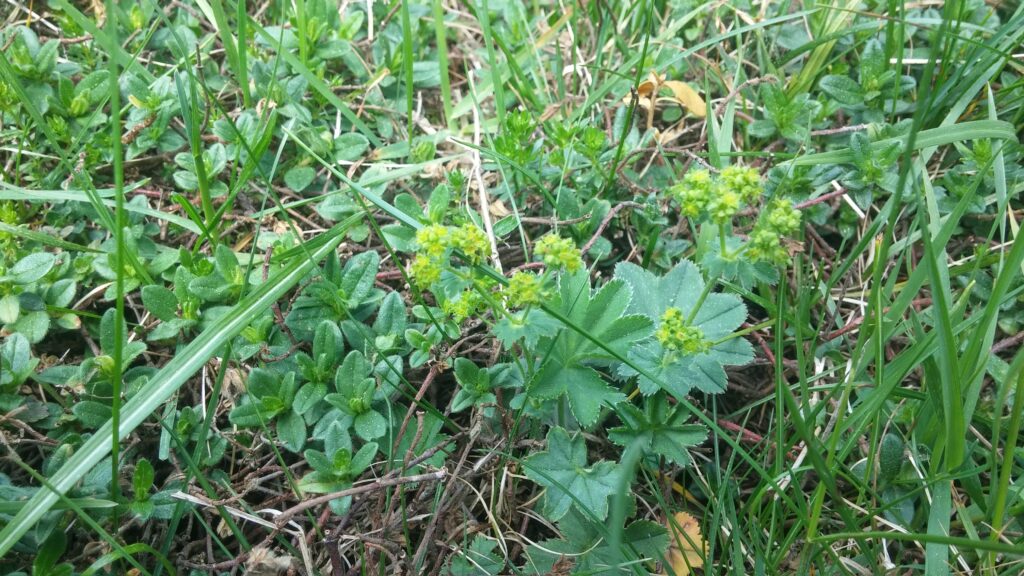
Extremely diverse communities of species coexist in our diverse world. Take for example the rainforests of South America, in which a single acre may contain several hundred different species of trees alone. Biodiversity emerge as a consequence of community dynamics – the interactions between the many species who share habitat. However, our classic ecological theory has proven incomplete when faced with the challenge of explaining biodiversity loss due to broad-scale anthropogenic change. My work addresses this divide between classic theory and the challenge of forecasting biodiversity loss by developing and testing theory on the dynamics of competing populations.

With the help of collaborators Jonathan Levine and Jake Alexander, I investigate how shifts in climate impact the biodiversity of plant communities in mountains, offering crucial insights into our changing ecosystems. I developed and ran a large-scale multi-elevation competition experiment in alpine plant communities on the Calanda Mountain, gemeinde Haldenstein, Switzerland from 2015-2018. With the results of this experiment we demonstrated the application of coexistence theory to forecast the biodiversity impacts of climate-driven range shifts.
Publications:
1. Usinowicz, J. and J.M. Levine. 2021. Climate-driven range shifts reduce persistence of competitors in a perennial plant community. Global Change Biology.
2. Usinowicz, J. and J.M. Levine. 2018. Species persistence under climate change: a geographic scale coexistence problem. Ecology Letters. 21:1589–160
